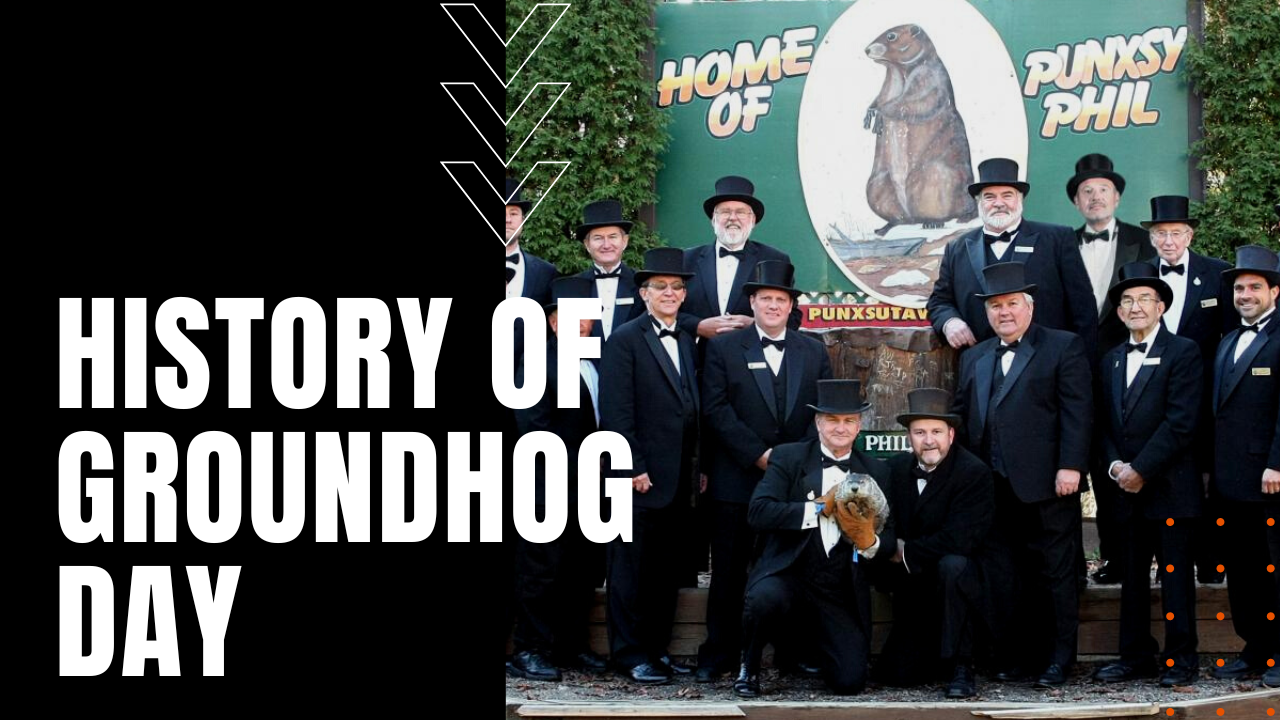History of Groundhog Day

When is Groundhog Day?
On February 2nd of every year—a day that falls at the midpoint between the winter solstice and the spring equinox, pagan Celts celebrated Imbolc, which was a festival to mark the beginning of spring.
As Christianity spread throughout Europe, Imbolc evolved into Candlemas, which is a feast and celebration commemorating the presentation of Baby Jesus at the holy temple in Jerusalem. If Candlemas arrived on a sunny day, early Christians believed the sunshine meant 40 more days of cold and snow, while the Germans crafted their own take on the legend, by pronouncing that if badgers and other small animals glimpsed their own shadows on Candlemas Day, the same 40 more days of winter lay ahead.
First Groundhog Day in America
Beginning on February 2nd, 1887, Local Punxsutawney Pennsylvania newspaper editor Clymer Freas convinced a group of businessmen and groundhog hunters to assemble as the Punxsutawney Groundhog Club. The club hiked out in tuxes and top hats to a place called Gobbler’s Knob for the first annual Groundhog Day forecast, conducting the formal proceedings in a Pennsylvania Dutch dialect they called “Groundhogese.”
As the tradition continued over the years since, Punxsutawney Groundhog Club members—known as the Inner Circle—christened the name Punxsutawney Phil, who according to legend is more than 125 years old, thanks to a punch he consumes every spring.
Groundhogs: Surprisingly Inaccurate Weather Forecasters
According to studies performed by the National Climatic Data Center and the Canadian Weather Service, over the years since Punxsutawney Phil first made his prognostication, the animal has yielded a dismal 50% accuracy rate, while Staten Island Chuck, on the other hand, has reported a correct weather forecast 80 percent of the time.
Other Groundhog Day-like celebrations include the Woollybear Festival, when some 100,000 people descend on the small town of Vermillion Ohio since its fall inception in 1972. As the legend goes, if woollybear caterpillars have more orange than black coloration, the coming winter will be a mild one, making the Woollybear Festival and Groundhog Day, an annual chance to poke fun at weather forecasters everywhere.
